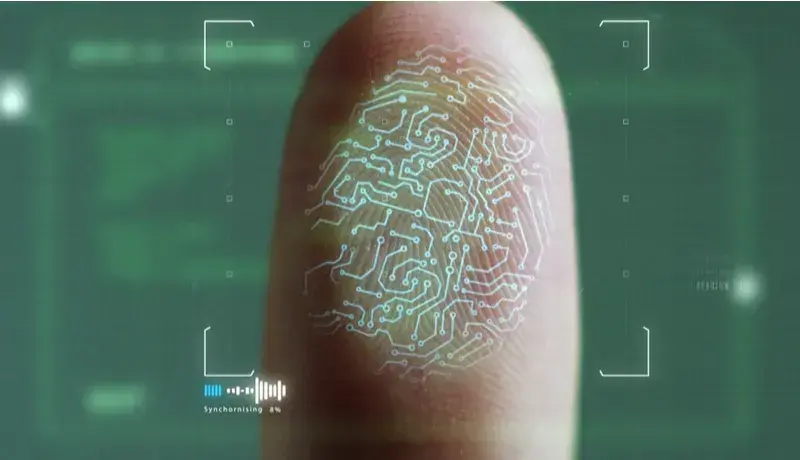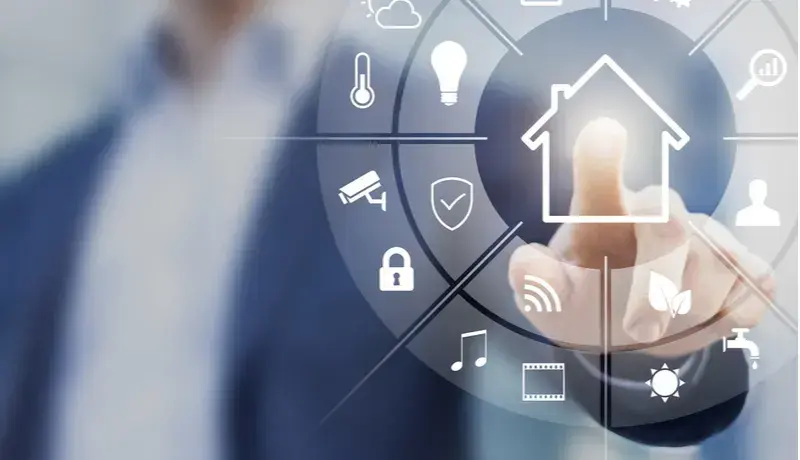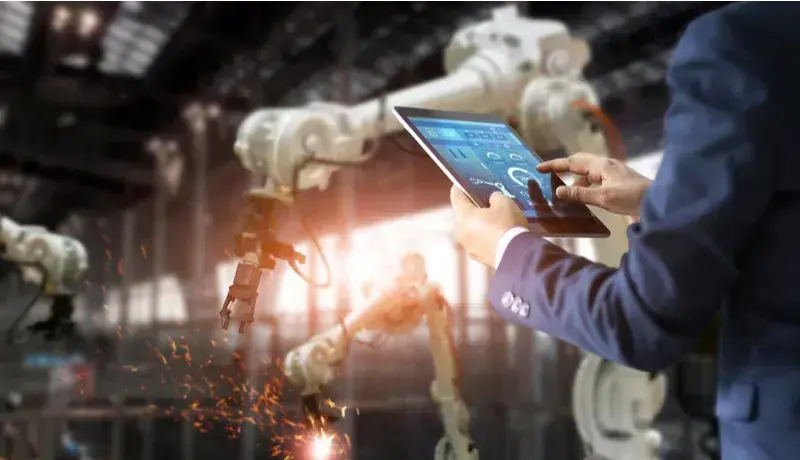As cloud suppliers continue to grow their footprint in the IoT value chain, their investments in data and analytics services are accelerating. Based on the review of cloud vendor offerings, recent acquisitions, and competitive outlook, ABI Research forecasts that cloud suppliers will grow their share of IoT data and analytics management revenues from US$6 billion in 2019 to US$56 billion in 2026.
Admin
Recent Posts
Traditional government-issued documents are currently the worldwide standard and function as the primary form of ID. They are required for standard identification uses and as a mandatory step toward other fundamental societal interactions, including registering for banking services, voting, accessing healthcare facilities, and, of course, traveling and border control. The concept of citizen identity in contemporary societies, however, has rapidly evolved in recent decades after making the mandatory transition toward the development of digital citizen identification.
Cooperative mobility is set to be propelled by the mass adoption of Long-Term Evolution (LTE Uu) vehicle connections and investment in roadside infrastructure connectivity. It refers to a scenario where all traffic agents (vehicles, pedestrians, cyclists, etc.) communicate with each other and with the infrastructure, making transportation more efficient and safer.
The Augmented Reality (AR) cloud will play a catalytic role in the way that users engage and search for information, simultaneously transforming the way businesses operate and communicate with customers and employees in both physical and digital forms. It has the potential to directly impact most of the AR value chain, which ABI Research forecasts to reach nearly US$102 billion by 2024.
Fixed wireless broadband services based on Long Term Evolution (LTE) technology have been widely deployed globally, with its primary focus on areas with a poor fixed network infrastructure. Today, 5G technology opens more opportunities for the fixed wireless broadband segment. 5G supports gigabit speed broadband with ultra-low latency, allowing service providers to provide a fiber-like broadband experience without requiring the fiber-optic cables to every single household.
Building Automation 2.0: The Next Wave of Smart Solutions
Jan 23, 2020 12:00:00 AM / by Admin
A Decade After Deepwater Horizon: IoT Tech to Predict Oil Spills...or Not?
Jan 16, 2020 12:00:00 AM / by Admin
As we approach the 10th anniversary of the Deepwater Horizon explosion, ABI Research is assessing to what extent Internet of Things (IoT) technologies have been a deterrent of massive environmental and man-made Oil and Gas– (O&G) related disasters. The insight into the reality of O&G-indicated expenditure on IoT analytics and predictive software suggests that the industry is still far from sustainable oil transport and drilling. This article reviews the 10-year synergy between IoT and O&G and provides a future outlook on the next generation of IoT tech.
As is the case heading into each new year, predictions on technology advancements and innovations are in abundance. After a tumultuous 2019 beset by many challenges, both integral to technology markets and derived from global market dynamics, 2020 looks set to be equally challenging.
Smart home devices have become a trendy holiday gift item since Amazon introduced its Echo in 2014, and with the addition of Google Assistant and Facebook Portal into the mix, among others, that momentum is expected to continue. Reduced pricing and starter smart home bundles will entice millions of dollars in consumer spending this holiday season, but these devices will also help determine the type of smart homes that will be built around them. We forecast that holiday spending will help convert 128 million additional homes into smart homes by the end of 2020, and the impact of those devices will go even further.
5G has finally made its mark on a wide range of applications and services, most notably in the consumer market. However, larger revenue opportunities will arise from targeting enterprise verticals. ABI Research forecasts that by 2028, manufacturing will account for nearly a quarter of total generated revenue in the 5G Ultra Low Latency Use Cases (URLLC) market. The capacity to establish a massive wireless sensor network or implement AR/VR applications for predictive monitoring makes 5G's wireless connectivity capabilities a perfect technological fit for growth in manufacturing. Therefore, it is critical for all parties involved to understand how to optimize 5G for their business strategies.










